Are you tired of lingering muscle soreness and delayed recovery after intense workouts?
Many athletes and fitness enthusiasts face the frustrating challenge of delayed-onset muscle soreness (DOMS) and fatigue.
Fortunately, there’s a simple yet effective solution, compression socks.
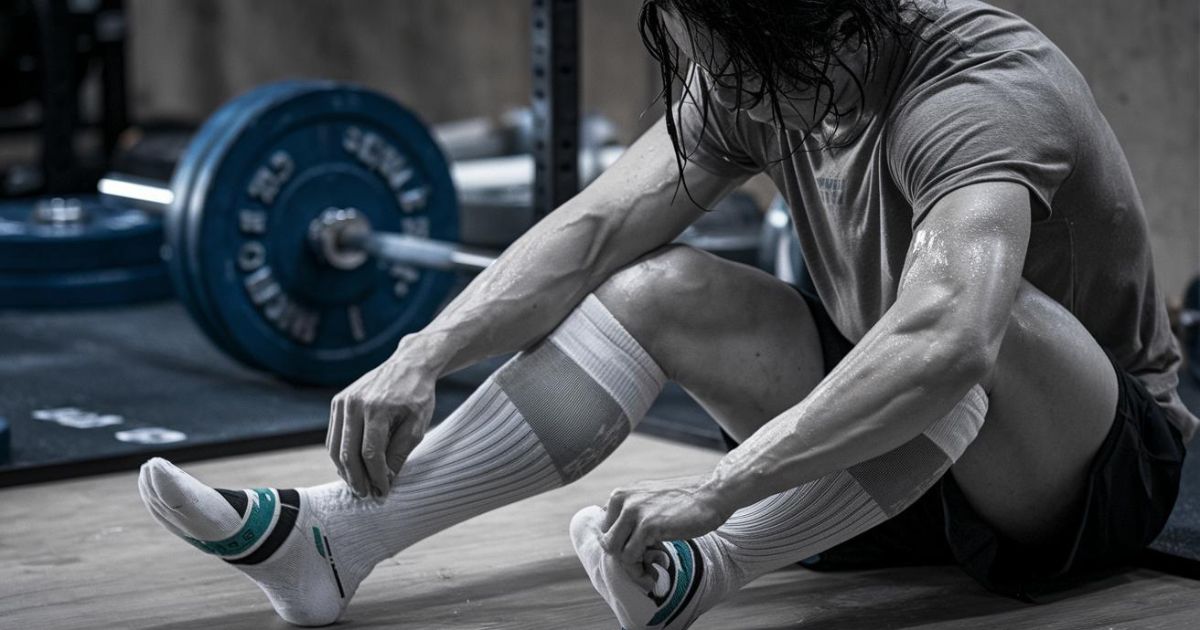
Compression socks can be a game-changer for accelerating muscle recovery and enhancing your overall performance.
By improving blood circulation, reducing inflammation, and providing support to your muscles, compression socks can help you bounce back faster and stronger.
In this comprehensive guide, we’ll explore the benefits of compression socks for muscle recovery, how to choose the right pair, and how to incorporate them into your routine.
Discover the secret weapon that can transform your recovery and elevate your athletic performance.
Key Takeaways
Compression socks offer a range of benefits for muscle recovery, including:
- Faster muscle recovery: Reduce DOMS and accelerate healing.
- Enhanced performance: Improve endurance, power, and overall athletic performance.
- Reduced risk of injury: Prevent injuries like shin splints and ankle sprains.
- Improved recovery from injuries: Support the healing process after injuries.
To maximize the benefits of compression socks:
- Choose the right compression level, length, and material.
- Consider your individual needs and preferences.
- Incorporate compression socks into your recovery routine.
- Combine with other recovery techniques.
- Address common misconceptions and misconceptions.
By incorporating compression socks into your recovery regimen, you can experience faster recovery, improved performance, and enhanced overall well-being.
The Science Behind Compression Socks
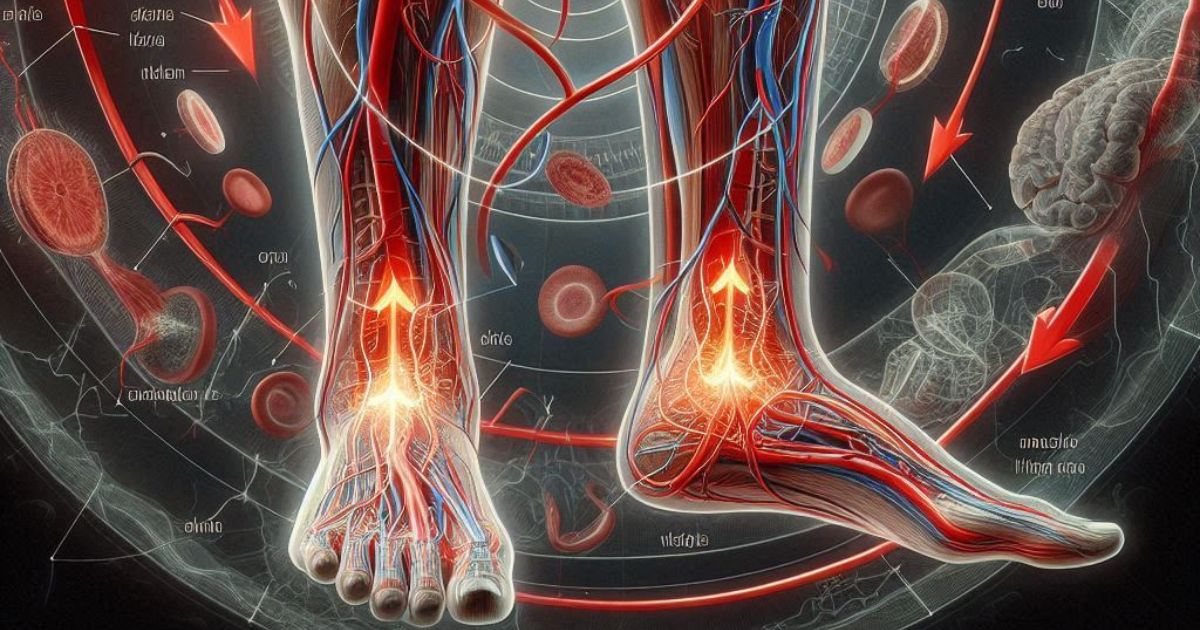
Compression therapy works by applying controlled pressure to the legs, promoting improved blood circulation and reducing inflammation.
This mechanism offers several physiological benefits:
- Improved blood circulation: Compression socks help to propel blood back to the heart, reducing pooling and improving overall blood flow. This enhanced circulation ensures that muscles receive a steady supply of oxygen and nutrients while removing waste products.
- Reduced inflammation: By improving blood flow, compression socks help to reduce inflammation, a common cause of muscle soreness and delayed recovery.
- Enhanced oxygen delivery: Increased blood flow leads to better oxygen delivery to the muscles, promoting faster recovery and reduced fatigue.
- Faster removal of waste products: Compression socks help to remove metabolic waste products from the muscles, reducing muscle soreness and preventing the buildup of lactic acid.
Scientific Studies:
To support these claims, numerous scientific studies have been conducted on the benefits of compression socks for athletes and individuals with various medical conditions.
Here are a few examples:
- A study published in the Journal of Strength and Conditioning Research found that wearing compression socks after exercise can reduce delayed-onset muscle soreness (DOMS) and improve recovery time.
- A study in the International Journal of Sports Medicine investigated the effects of compression socks or compression garments on muscle function and performance. The results showed that compression socks can enhance muscle oxygenation and reduce fatigue.
- Research in the Journal of Athletic Training has demonstrated the effectiveness of compression socks in reducing swelling and improving blood flow in athletes.
These studies provide compelling evidence for the physiological benefits of compression socks and their potential to enhance muscle recovery and performance.
Benefits of Compression Socks for Athletes and Fitness Enthusiasts
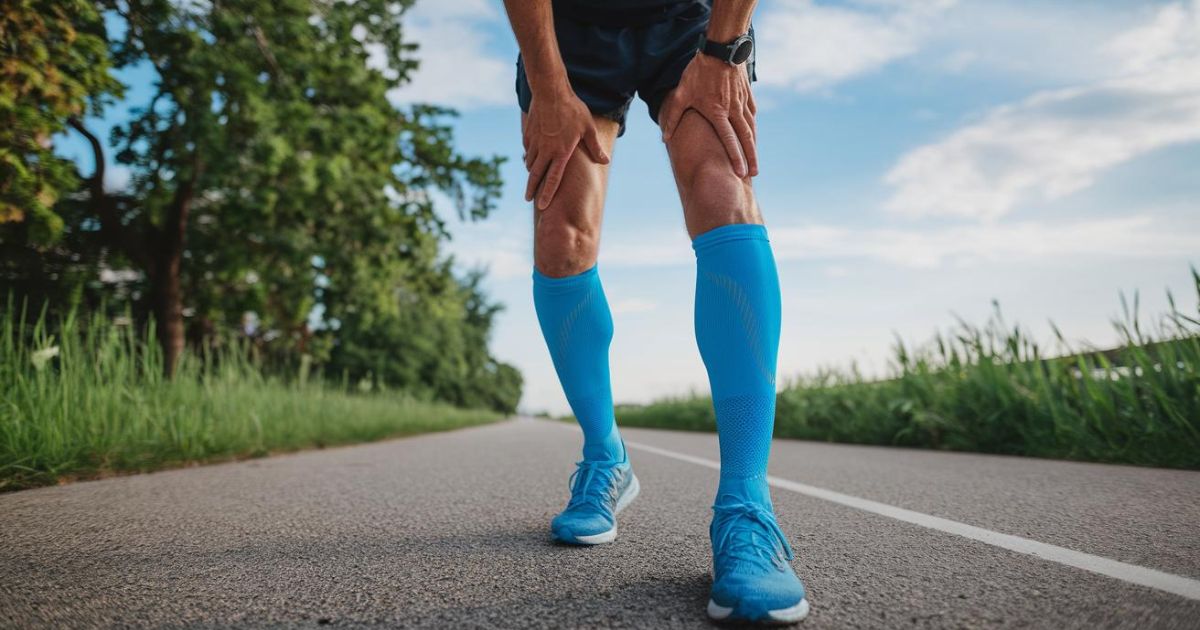
1. Faster Muscle Recovery:
- Reduced DOMS: Compression socks can significantly reduce delayed-onset muscle soreness (DOMS), allowing athletes to recover more quickly and efficiently.
- Accelerated healing: By improving blood flow and reducing inflammation, compression socks can aid in the healing process of injured muscles.
2. Enhanced Performance:
- Increased endurance: Improved blood flow and oxygen delivery can help athletes sustain higher levels of intensity for longer periods.
- Improved power: Compression socks can support muscles and reduce fatigue, leading to increased power output during athletic activities.
3. Reduced Risk of Injury:
- Shin splints: Compression socks can help prevent shin splints, a common injury among runners and athletes who engage in high-impact activities.
- Ankle sprains: By providing support to the ankles, compression socks can reduce the risk of sprains and other ankle injuries.
4. Improved Recovery from Injuries:
- Swelling reduction: Compression socks can help reduce swelling and inflammation associated with injuries, promoting faster healing.
- Enhanced circulation: Improved blood flow can accelerate the healing process and reduce the risk of complications.
By incorporating compression socks into your recovery routine, you can experience these benefits and optimize your athletic performance.
Choosing the Right Compression Socks
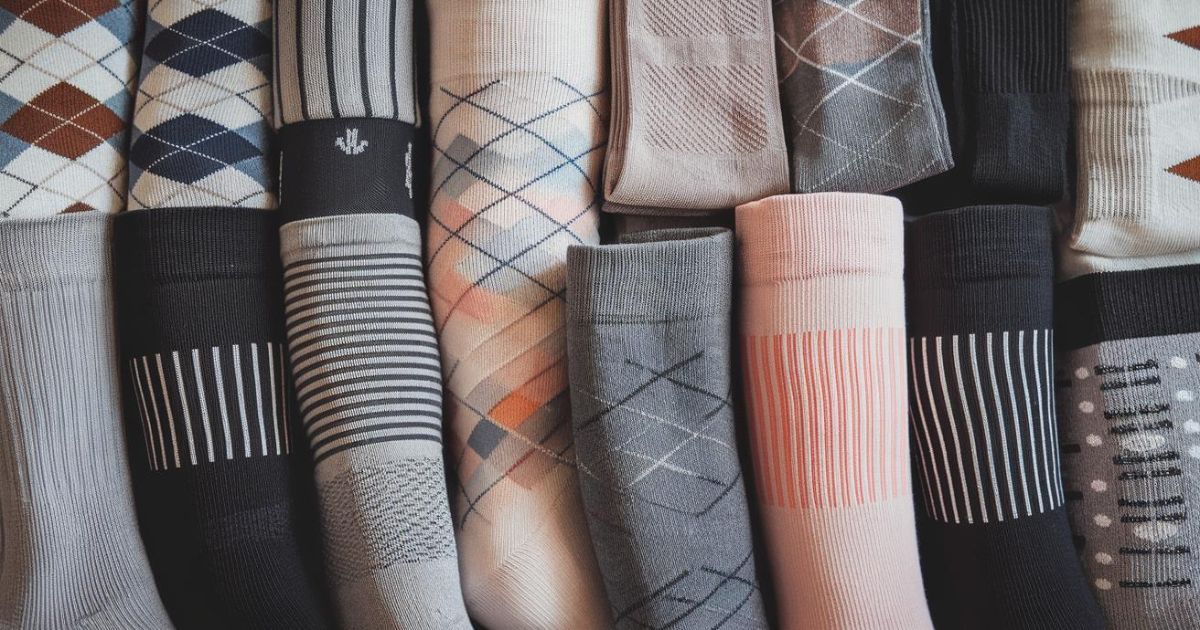
When selecting compression socks, it’s essential to consider several factors to ensure you choose the most suitable pair for your needs:
1. Compression Level:
- Graduated compression: This type of compression sock applies greater pressure to the ankles and gradually decreases pressure as you move up the leg. It’s generally recommended for athletes and individuals seeking maximum support.
- Uniform compression: This type of compression sock applies consistent pressure throughout the length of the sock. It’s often used for general circulation and mild discomfort.
2. Length:
- Ankle socks: Provide compression to the ankle and lower calf. Suitable for activities like running or walking.
- Calf socks: Extend to the mid-calf, offering additional support for the calf muscles.
- Knee-high socks: Provide compression from the ankle to the knee, ideal for athletes and individuals with conditions like varicose veins.
3. Material:
- Nylon: Lightweight and breathable, often used in athletic compression socks.
- Polyester: Durable and moisture-wicking, suitable for various activities.
- Spandex: Provides elasticity and compression, ensuring a snug fit.
4. Intended Use:
- Running: Look for compression socks with graduated compression and a lightweight, breathable material.
- Sports: Choose compression socks based on the specific demands of your sport, such as basketball or football.
- Everyday wear: For general circulation and comfort, consider ankle or calf compression socks.
Recommendations:
- For athletes and individuals seeking maximum support: Opt for graduated compression knee-high socks made from high-quality materials like nylon or spandex.
- For runners and walkers: Consider ankle or calf compression socks with a lightweight and breathable fabric.
- For everyday use or mild discomfort: Ankle compression socks with uniform compression can be a suitable choice.
By carefully considering these factors, you can select the ideal compression socks to meet your specific needs and enhance your recovery and performance.
How to Wear Compression Socks
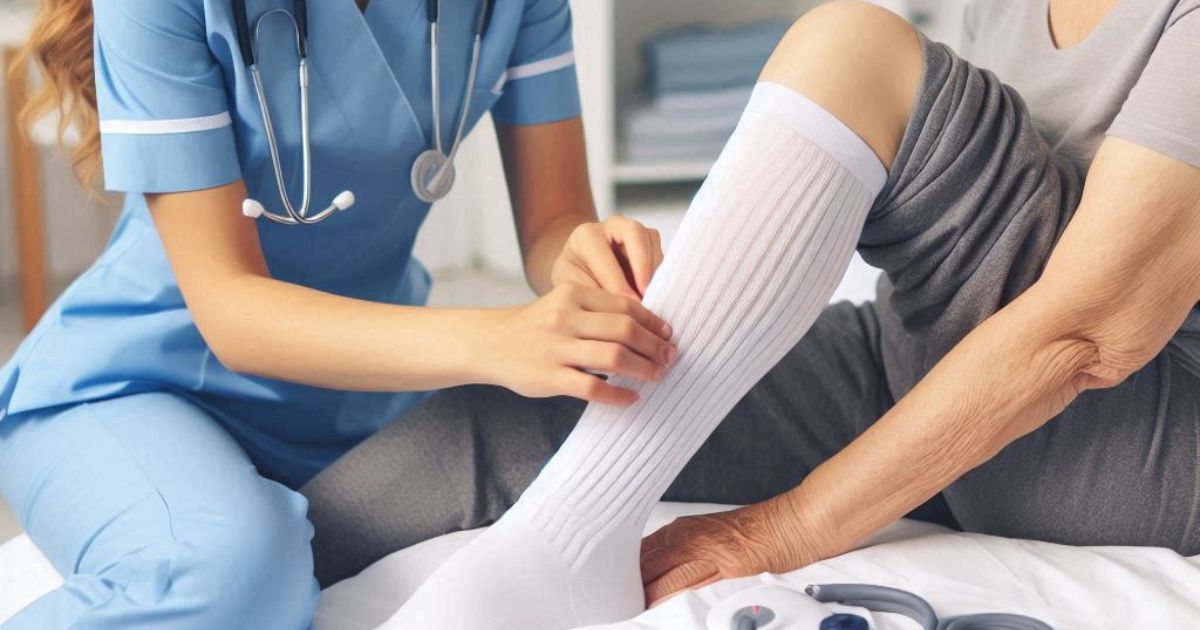
Proper Fitting:
- Measure your calves: To ensure a proper fit, measure the circumference of your calves at their widest point. Refer to the sizing chart provided by the manufacturer.
- Avoid excessive tightness: Compression socks should fit snugly but not too tightly. You should be able to comfortably move your toes.
- Consider foot arch support: Some compression socks offer built-in arch support, which can be beneficial for individuals with flat feet or arch problems.
Application:
- Put them on in the morning: It’s generally recommended to put on compression socks in the morning before any swelling occurs.
- Sit down: To avoid straining your legs, it’s easier to put on compression socks while sitting down.
- Roll the sock up: Start from the toes and gradually roll the sock up your leg.
- Smooth out wrinkles: Ensure there are no wrinkles or creases in the sock, as these can restrict blood flow.
When to Wear Compression Socks:
- Pre-workout: Wearing compression socks before workouts can help improve blood flow and reduce muscle fatigue.
- During workouts: Some athletes prefer to wear compression socks during their activities, especially for sports that involve prolonged standing or running.
- Post-workout: Compression socks can be particularly beneficial for post-workout recovery, helping to reduce swelling and accelerate healing.
- Everyday wear: If you have conditions like varicose veins or experience leg swelling, compression socks can be worn throughout the day for added comfort and support.
By following these guidelines, you can ensure that you are wearing compression socks correctly and maximizing their benefits.
Incorporating Compression Socks into Your Recovery Routine
1. Create a Personalized Recovery Plan:
- Assess your individual needs: Consider your workout intensity, injury history, and recovery goals.
- Determine the optimal compression level and length of socks.
- Decide when to wear compression socks: Determine if you want to wear them pre-workout, post-workout, or both.
2. Combine with Other Recovery Techniques:
- Foam rolling: Use foam rolling to release muscle tension and improve flexibility.
- Stretching: Incorporate static or dynamic stretching to enhance muscle flexibility and range of motion.
- Hydration: Ensure you are adequately hydrated before, during, and after workouts.
- Nutrition: Consume a balanced diet to support muscle recovery and overall health.
3. Address Common Misconceptions:
- Myth: Compression socks are only for athletes.
- Fact: Compression socks can benefit anyone who experiences muscle soreness, swelling, or fatigue.
- Myth: Compression socks are uncomfortable or constricting.
- Fact: When properly fitted, compression socks can be surprisingly comfortable and provide gentle support.
- Myth: Compression socks are a cure-all for all muscle recovery issues.
- Fact: While compression socks can be a valuable tool, they should be used in conjunction with other recovery strategies.
By incorporating compression socks into your recovery routine and addressing common misconceptions, you can optimize your recovery and enhance your overall athletic performance.
Testimonials

Athlete 1: “Since incorporating compression socks into my recovery routine, I’ve noticed a significant reduction in muscle soreness and faster recovery times. They’ve been a game-changer for my performance on the track.”
Athlete 2: “I used to struggle with swelling in my ankles after long training sessions. Compression socks have been a lifesaver! They help reduce swelling and provide much-needed relief.”
Athlete 3: “I’ve tried various recovery methods, but compression socks have been the most effective for me. They help me feel refreshed and ready to train again the next day.”
Comparisons
Compression Socks vs. Massage:
- Compression socks offer continuous support and compression throughout the day, while massage provides temporary relief.
- Massage can be more targeted for specific muscle areas, while compression socks offer overall support.
- Combining compression socks with massage can provide synergistic benefits for muscle recovery.
Compression Socks vs. Ice Therapy:
- Compression socks offer ongoing support and circulation benefits, while ice therapy is a temporary measure for reducing inflammation.
- Both methods can be effective for reducing swelling and pain, but they work in different ways.
- Combining compression socks with ice therapy can provide a comprehensive approach to recovery.
By considering these testimonials and comparisons, you can gain a better understanding of the benefits of compression socks and how they can complement other recovery methods.
Comparison Table: Compression Socks vs. Other Recovery Methods
| Feature | Compression Socks | Massage | Ice Therapy |
|---|---|---|---|
| Application | Worn throughout the day | Targeted therapy | Applied to specific areas |
| Mechanism | Graduated compression | Manual manipulation of soft tissues | Reduces inflammation through cold therapy |
| Benefits | Improved circulation, reduced inflammation, faster recovery | Reduces muscle tension, improves flexibility, promotes relaxation | Reduces inflammation, pain relief |
| Suitability | Ideal for athletes, individuals with swelling, and those seeking overall support | Effective for addressing specific muscle knots or areas of tension | Suitable for acute injuries or pain relief |
| Duration | Can be worn for extended periods | Typically a short-term therapy | Applied for specific periods |
| Cost | Moderate cost | Can be expensive, especially for regular professional massages | Relatively inexpensive |
Note: These are general comparisons, and individual needs may vary. It’s often beneficial to combine compression socks with other recovery methods for optimal results.
Frequently Asked Questions
Q: When should I wear compression socks?
A: Compression socks can be worn at various times, depending on your specific needs:
- Pre-workout: To improve blood flow and reduce muscle fatigue.
- During workouts: For added support and reduced muscle soreness.
- Post-workout: To accelerate recovery and reduce swelling.
- Everyday wear: If you have conditions like varicose veins or experience leg swelling.
Q: How long should I wear compression socks?
A: The duration of wear depends on your individual needs and the specific recommendations of your healthcare provider. Generally, compression socks can be worn for several hours a day, but it’s essential to listen to your body and adjust the duration as needed.
Q: Are compression socks suitable for everyone?
A: Compression socks are generally safe for most people. However, it’s recommended to consult with a healthcare professional before using compression socks if you have any underlying medical conditions or concerns.
Q: Can I wear compression socks all day?
A: While it’s possible to wear compression socks all day, it’s generally recommended to take them off for periods of rest or sleep. Prolonged wear can lead to discomfort or skin irritation in some individuals.
Conclusion
Incorporating compression socks into your recovery routine can be a game-changer for athletes and fitness enthusiasts.
By improving blood circulation, reducing inflammation, and accelerating muscle recovery, compression socks offer a valuable tool for enhancing performance and overall well-being.
- Choose the right compression socks for your specific needs and preferences.
- Wear compression socks at the appropriate times for optimal benefits.
- Combine compression socks with other recovery techniques for maximum results.
- Address common misconceptions about compression socks and their benefits.
By following these guidelines, you can unlock the power of compression socks and experience faster recovery, improved performance, and reduced muscle soreness.
“Shop Now on Amazon and Experience Faster Muscle Recovery”
Related Posts
No posts
